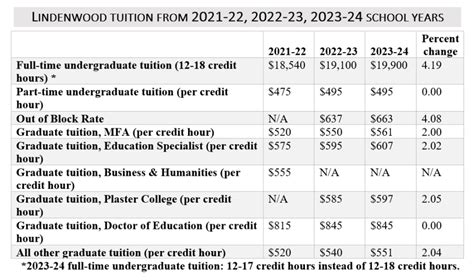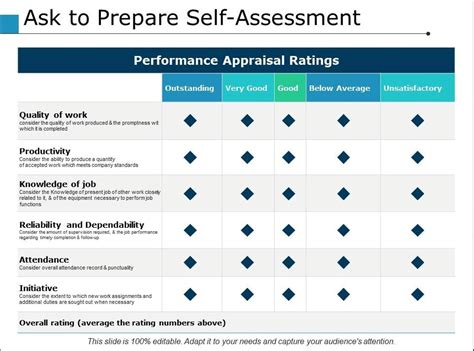Breaking News


Popular News


Discover what to expect from surgical tech programs, including curriculum, costs, financial aid, living expenses, and job placement rates. Make an informed decision.Are you considering a career in surgical technology but unsure about the costs involved? In this blog post, we will delve into the various financial aspects of pursuing a surgical tech program. From understanding the program curriculum to evaluating job placement rates, we will provide you with a comprehensive overview of what to expect in terms of expenses. Whether you are looking to compare tuition and fees or explore financial aid options, this post will help you gain a better understanding of the investment required for a career in surgical technology. Additionally, we will also discuss estimating living expenses as a student in a surgical tech program. By the end of this post, you will have a clearer picture of the financial commitment involved in pursuing a career in surgical technology, allowing you to make an informed decision about your future in this field.
Contents

When considering a surgical tech program, it is important to understand the program curriculum to ensure it aligns with your career goals. The curriculum should cover a wide range of topics, including anatomy, physiology, medical terminology, and surgical procedures. It should also provide hands-on training in sterile technique, operating room practices, and instrumentation. A comprehensive curriculum will prepare students for the demands of the job and help them succeed in the field.
Additionally, it is important to look for programs that offer a well-rounded education, including general education courses such as English, math, and communication. These courses are essential for developing critical thinking and communication skills, which are necessary for success in any healthcare profession.
Some programs may also offer specialized electives or concentrations, allowing students to focus on specific areas of interest within the field of surgical technology. This can be beneficial for those who have a particular interest in a certain type of surgery or medical specialty.
Overall, understanding the program curriculum is crucial for making an informed decision about which surgical tech program is the best fit for your educational and career needs.

When choosing a surgical tech program, it’s important to carefully consider the tuition and fees associated with each option. This will help you make an informed decision and avoid any financial surprises along the way. Comparing the cost of different programs can also help you find the best value for your money.
One way to compare tuition and fees is to create a list of several potential programs and their associated costs. This can include tuition, books, lab fees, and any other expenses that may be required. By organizing the information in a table, you can easily see how the costs stack up against each other, making it easier to make a decision.
When comparing tuition and fees, it’s also important to consider any potential financial aid options that may be available. Some programs may offer scholarships, grants, or other forms of assistance that can help offset the costs. This can make a significant difference in the overall cost of the program, so be sure to factor this into your decision-making process.
Ultimately, comparing tuition and fees can help you make a well-informed decision about which surgical tech program is right for you. By carefully evaluating the costs associated with each option, as well as any potential financial aid opportunities, you can choose a program that fits within your budget and provides the best value for your investment in your education and future career.

When considering the cost of a surgical tech program, it’s important to explore financial aid options to help alleviate some of the financial burden. One option to consider is applying for federal student aid, which includes grants and loans. The Free Application for Federal Student Aid (FAFSA) is the first step in determining eligibility for these types of aid. It’s important to note that grants do not need to be repaid, while loans will need to be repaid with interest.
Another financial aid option to consider is scholarships. Many universities and colleges offer scholarships to students based on various criteria such as academic achievement, financial need, and other talents or characteristics. There are also scholarships available from private organizations and foundations that can be applied to the cost of a surgical tech program.
Work-study programs are also a viable financial aid option for students pursuing a surgical tech program. These programs allow students to work part-time jobs on or off campus to earn money to help pay for their education. The jobs are typically related to the student’s field of study and can provide valuable work experience in addition to financial assistance.
Lastly, it’s important to research and apply for any financial aid opportunities specific to the field of surgical technology. There may be industry-specific grants, scholarships, or other forms of financial aid available to students pursuing this particular career path. Exploring all of these financial aid options can help make the cost of a surgical tech program more manageable and attainable for students.

The Cost of Surgical Tech Programs: What to Expect
When considering pursuing a surgical tech program, it is important to take into account the various living expenses that may arise during the duration of the program. Estimating these expenses can help you plan and budget effectively, ensuring that you are able to focus on your studies without the added stress of financial strain.
One of the main living expenses to consider is housing. Whether you plan to live on campus or off campus, it’s important to research the cost of rent, utilities, and other living necessities in the area where the program is located. Additionally, you may need to account for transportation expenses if you will be commuting to and from campus.
Another important factor to consider is the cost of food and groceries. Depending on your program’s schedule and workload, you may need to budget for meals on campus or plan to cook at home. It’s essential to take into account the cost of dining out and meal preparation in order to avoid overspending.
In addition to housing and food, it’s also important to budget for other miscellaneous expenses such as textbooks, school supplies, and personal items. Creating a comprehensive estimate of your living expenses will help you better prepare for the financial obligations of your surgical tech program, allowing you to focus on your education and training with peace of mind.

The Cost of Surgical Tech Programs: What to Expect
When considering a surgical tech program, it’s important to take into account the job placement rates of the schools you are looking at. As a prospective student, you are investing time and money into your education, so it’s crucial to weigh your options carefully. Evaluating job placement rates can give you insight into the success of graduates from a particular program.
One way to evaluate job placement rates is to speak with current students and alumni. They can provide firsthand accounts of their experiences in finding employment after completing the program. In addition, you can research the school’s career services department to see what resources and support they offer to graduates.
Another helpful tool in assessing job placement rates is to review the program’s outcomes data. Many colleges and universities provide this information on their websites, detailing the percentage of graduates who secured employment in the field within a certain timeframe after graduation. This data can give you a clearer picture of the likelihood of finding a job after completing the program.
| School | Job Placement Rate |
|---|---|
| XYZ College | 85% |
| ABC University | 90% |

What is the average cost of a surgical tech program?
The average cost of a surgical tech program ranges from $10,000 to $30,000, depending on the location and type of institution.
Are there any financial aid options available for surgical tech programs?
Yes, many schools offer financial aid options such as scholarships, grants, and student loans to help cover the cost of the program.
What additional expenses should I expect in a surgical tech program?
In addition to tuition, students should budget for expenses such as textbooks, scrubs, medical supplies, and certification exam fees.
Is there a difference in cost between online and traditional surgical tech programs?
Online programs may be more cost-effective due to lower overhead costs, but students should consider factors such as hands-on training and clinical experience when choosing a program.
Are there any ways to reduce the cost of a surgical tech program?
Some students may qualify for employer tuition assistance, military benefits, or participate in work-study programs to help reduce the cost of their education.
What is the average salary for a certified surgical technologist?
The average salary for a certified surgical technologist is around $45,000 per year, but can vary based on experience, location, and employer.
Is the cost of a surgical tech program worth the investment?
Many graduates find that the cost of their education is offset by the earning potential and job stability in the field of surgical technology.